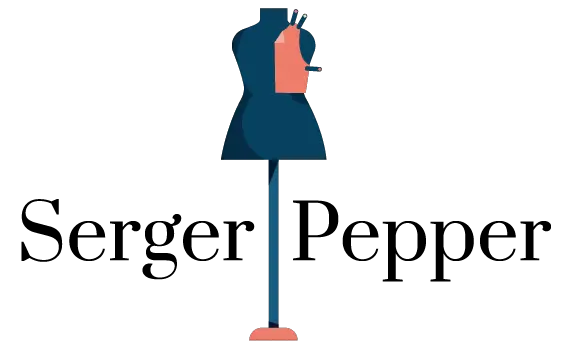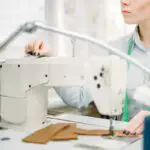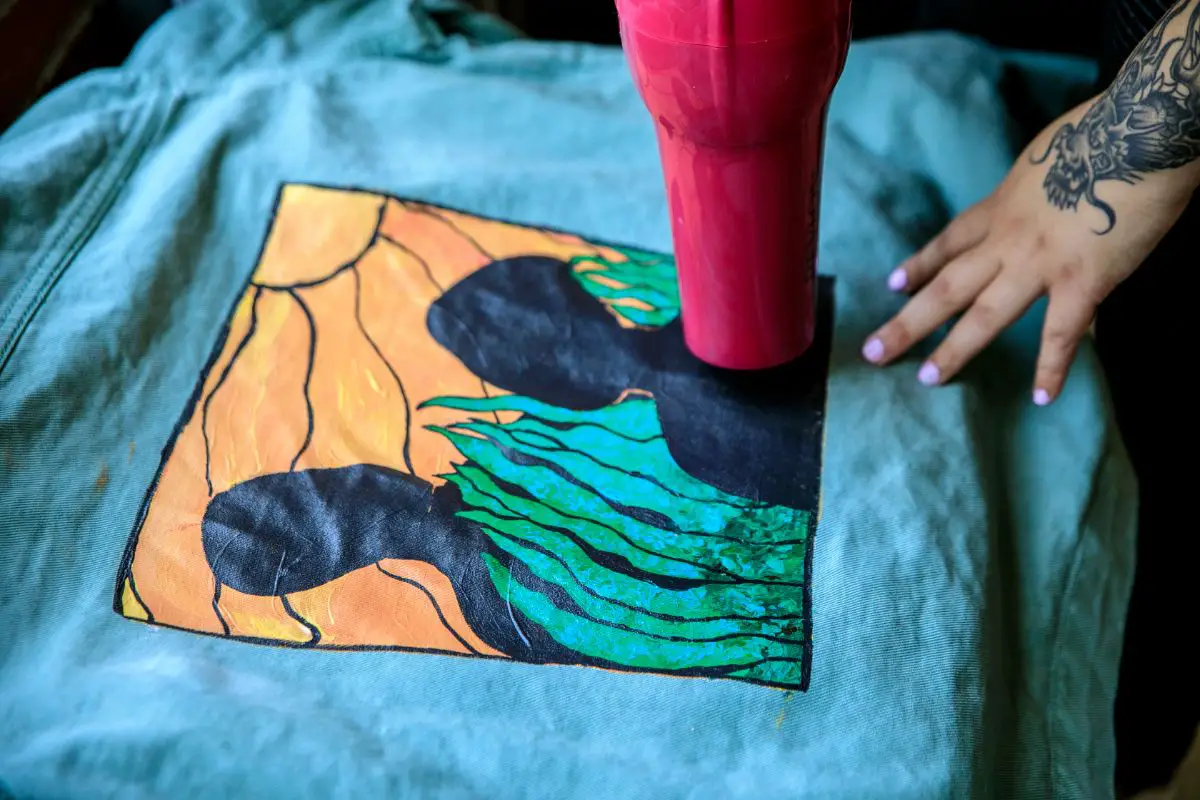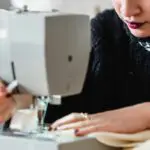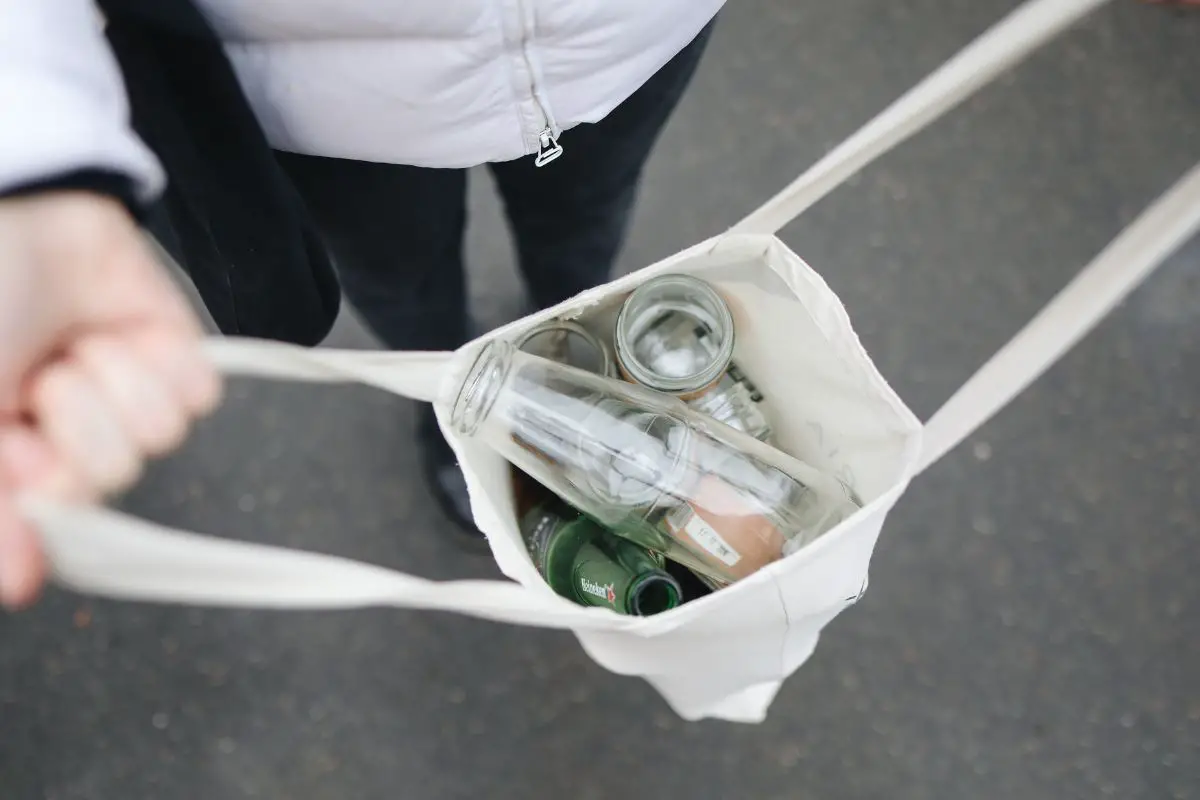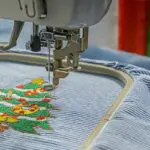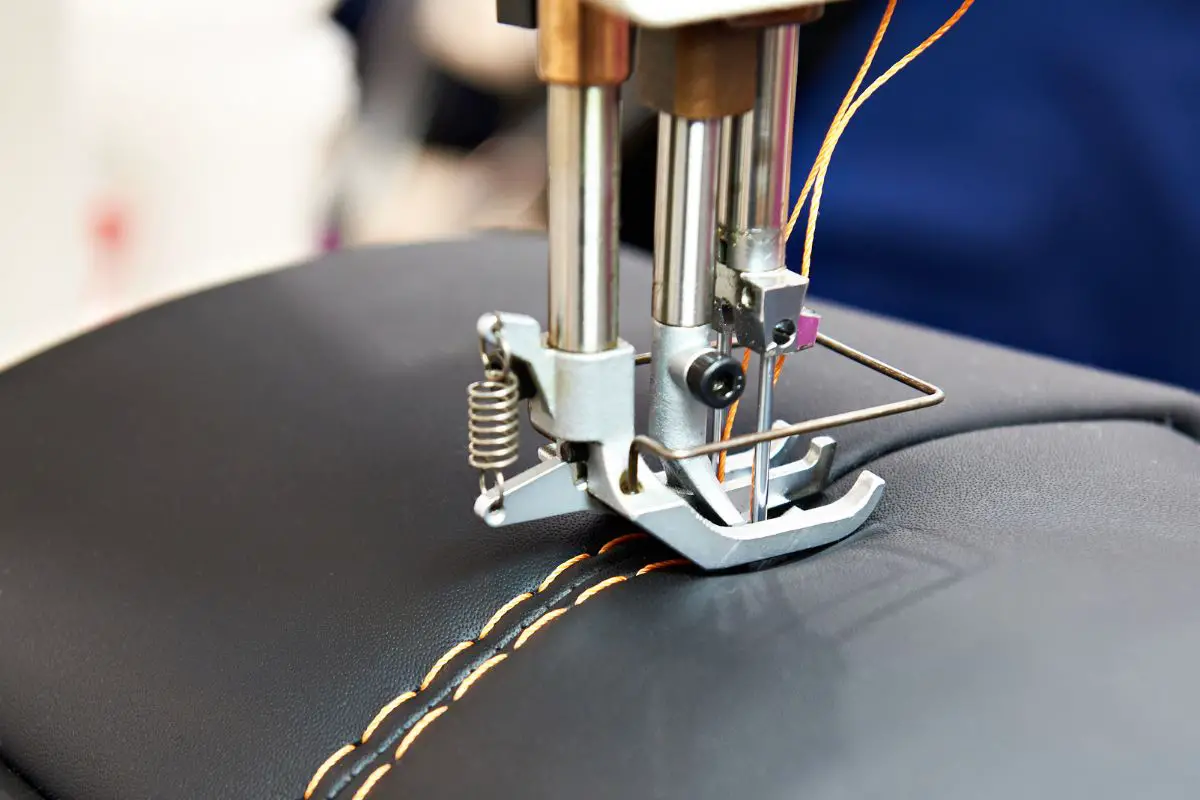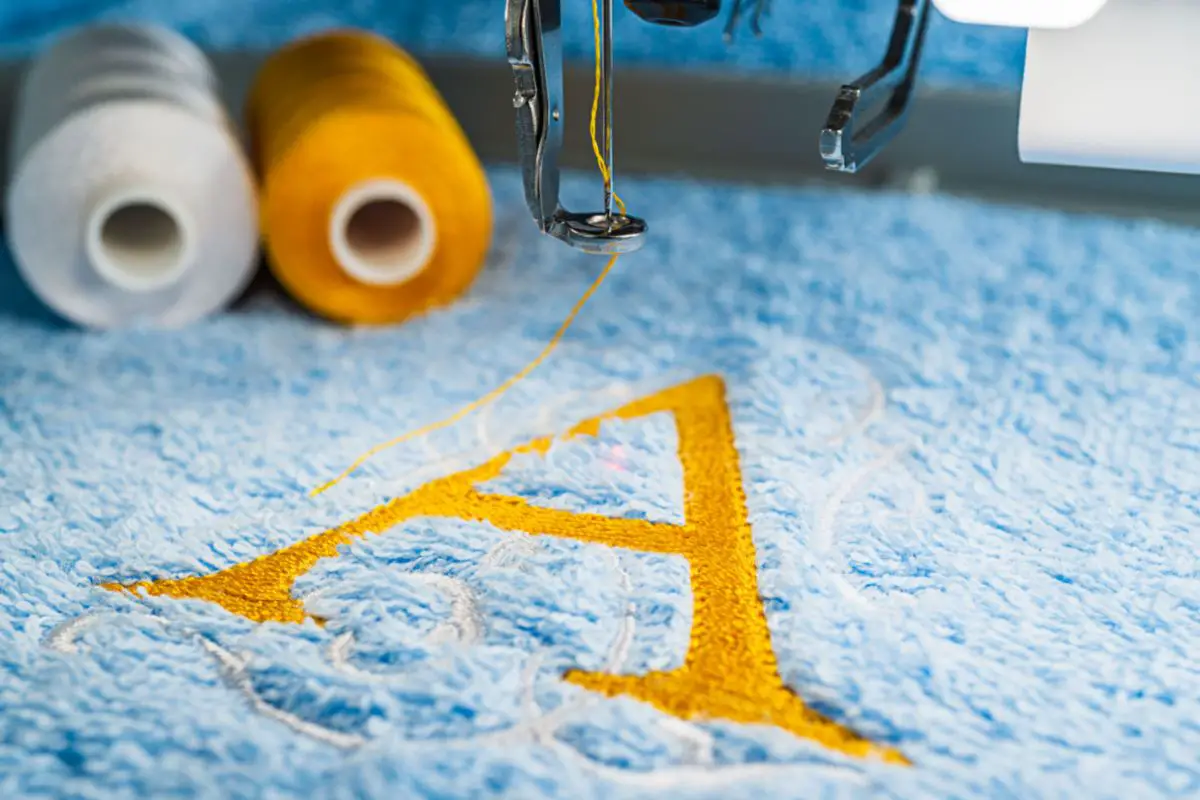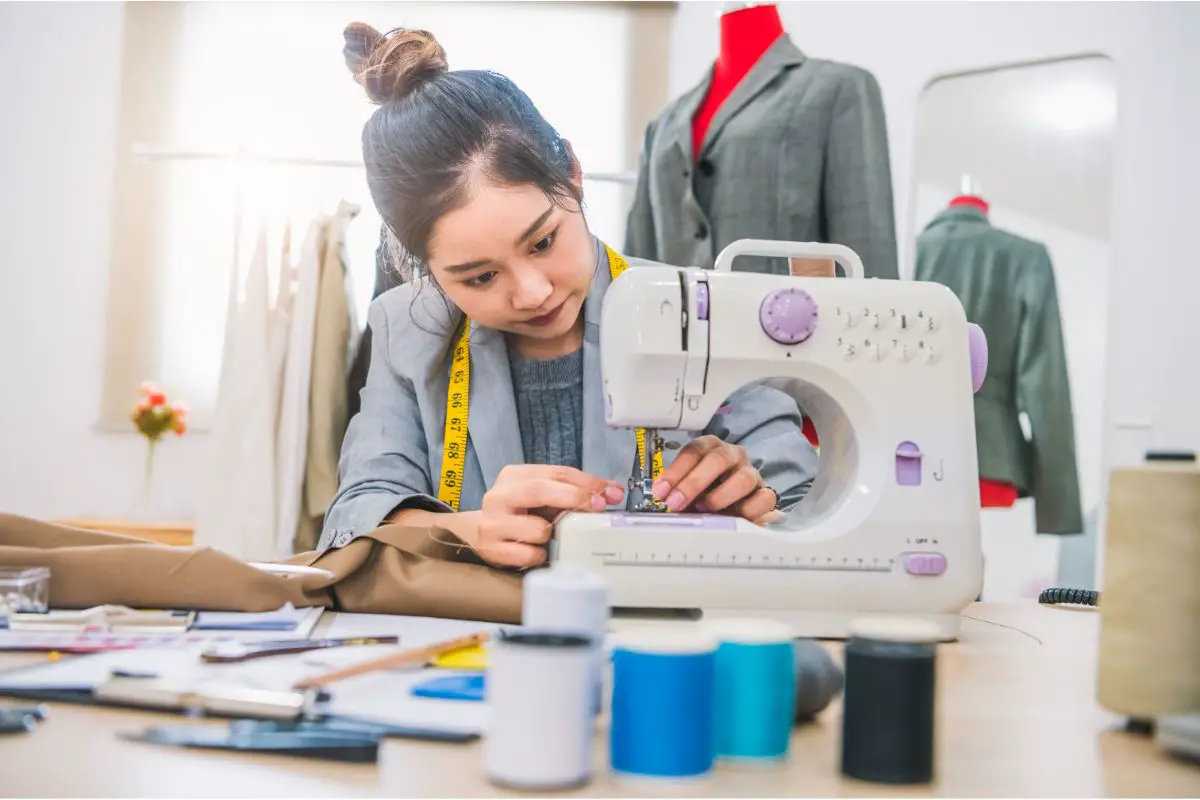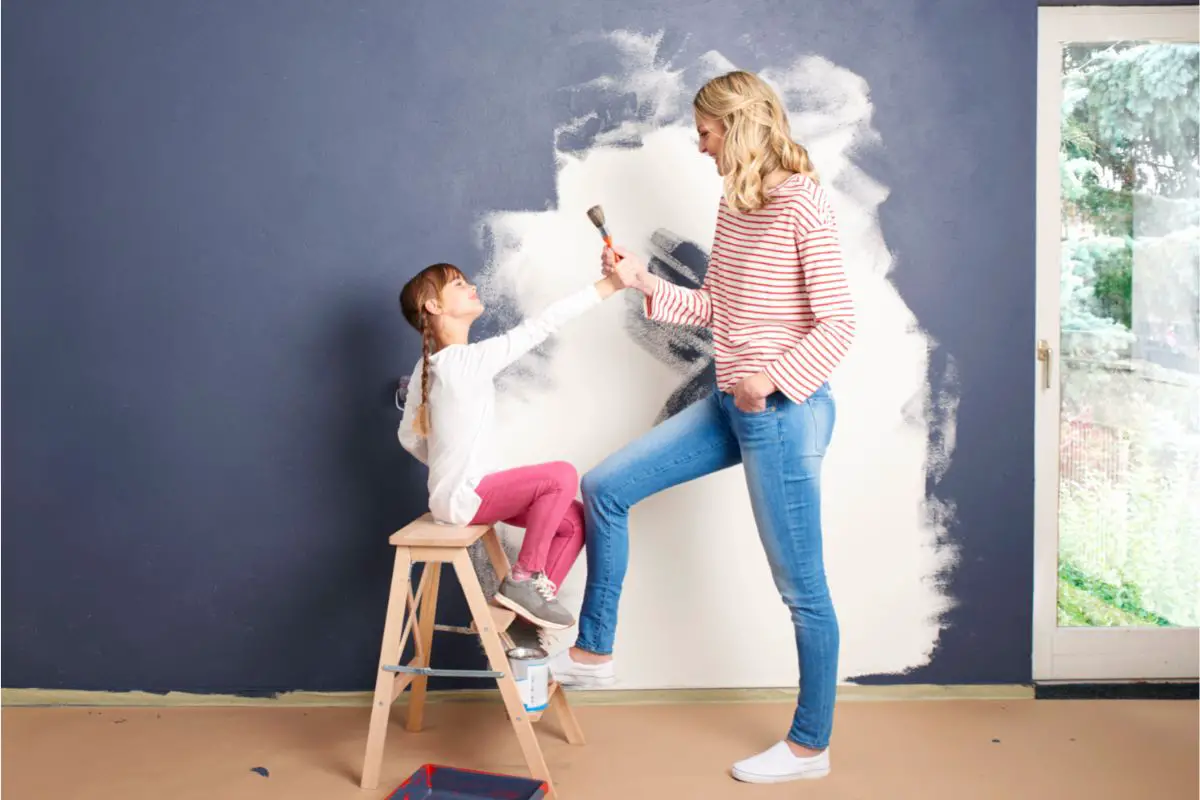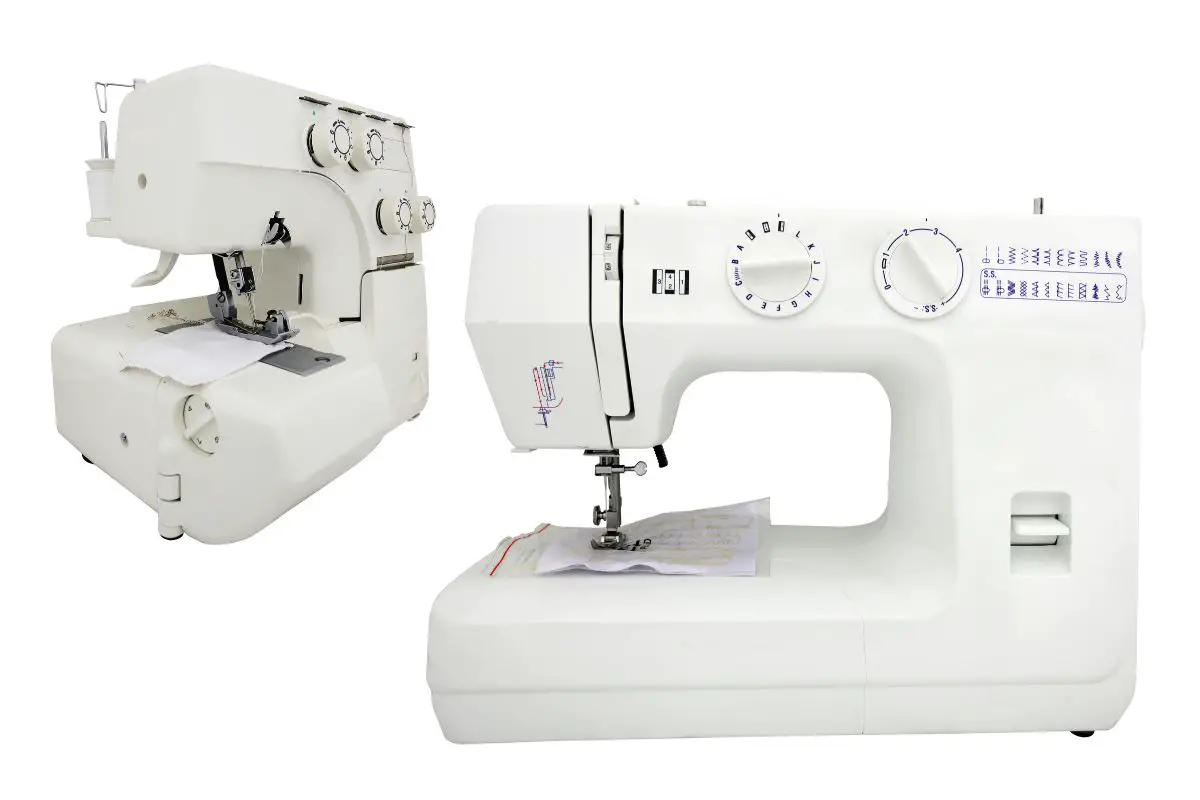Are you a beginner sewer trying to make sense of the fabric world? If so, one thing worth learning about right now is what fabric nap is and why it matters when considering different fabrics.
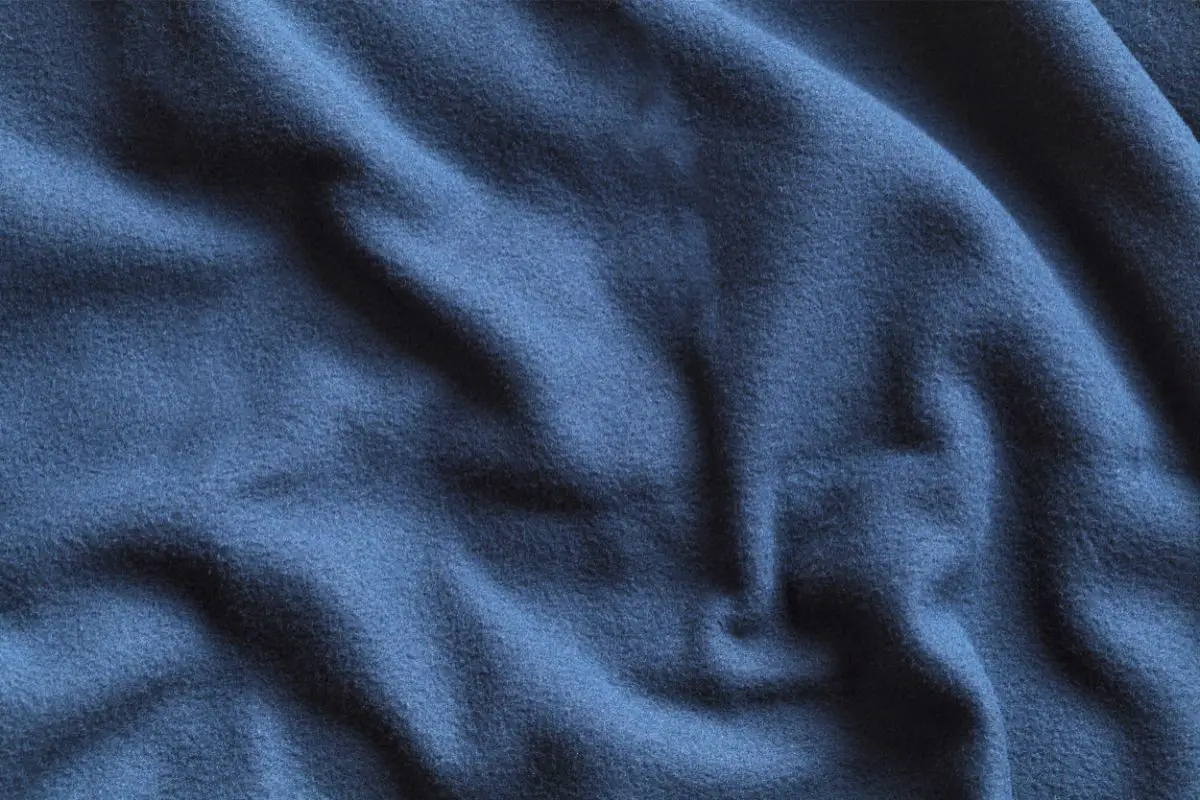
When sewing with various materials, napping can make all the difference in how your finished project looks and feels.
Despite that, fabric types often get overlooked. But this simple yet complete guide will equip you with everything you need to know about nap fabric.
Below we explore what exactly fabric nap is, why fabric nap is important, types of fabrics that have a nap, how to work with nap fabric, and more.
Get to know nap fabrics and more of your sewing projects will start to turn out beautiful every time!
What Is Nap In Fabric?
When it comes to fabric, nap is an important aspect of sewing to understand. Nap refers to the directional appearance and texture of a fabric. This can also change depending on the direction in which it is viewed or touched.
In fabrics with a pile (raised fibers), such as velvet and corduroy, the nap is even more noticeable as the fibers lay in one direction, creating a different look that can be seen as well as felt when the fabric is brushed or touched.
As a result, understanding the nap of a fabric can help you choose the right direction to cut your pattern pieces, as well as ensure that the finished product looks and feels the way you intended.
Why Is Fabric Nap Important?
When shopping for fabric, you may have heard the term “nap” being used. But what is fabric nap and why is it important?
Simply put, fabric nap refers to the direction the fibers are laying in the fabric. But why is fabric nap important?
When shopping for fabric, choosing the right fabric is key to making sure your sewing project both looks and feels how you want it to. It can also determine how difficult the fabric is to cut and sew.
Nap fabrics, for example, are great choices for clothes for their distinct look and feel, but can be harder to work with.
So the next time you’re shopping for fabric, don’t just look at the color or texture. Study the nap of the fabric, if it has one, and consider whether it’s the right material for the project you’ll be working on!
Do All Fabrics Have A Nap?
Wondering if all fabrics have a nap? The answer in short is no – not all fabrics have a nap.
Fabrics with a nap have a difference in color and texture when felt and viewed from different angles, which makes nap fabrics distinct from other types of fabrics.
Examples of fabrics with a nap include:
- velvet
- corduroy
- suede
- flannel
- fleece
These are obvious nap fabrics, but there are many more types of fabrics that can have a nap.
So it’s always a good idea to check the fabric up close and have a feel of the pattern.
Nap fabrics will have fibers that run in one direction, and sometimes a soft, fuzzy feel.
In some cases, running your fingers or hand over nap fabrics will result in a shift in the fibers that causes a darker or lighter appearance – something you’ve probably noticed before with some of your clothes.
A few examples of fabrics that don’t have a nap, on the other hand, include cotton, linen, canvas, vinyl, and denim.
Fabric With Nap Vs Fabric Without Nap
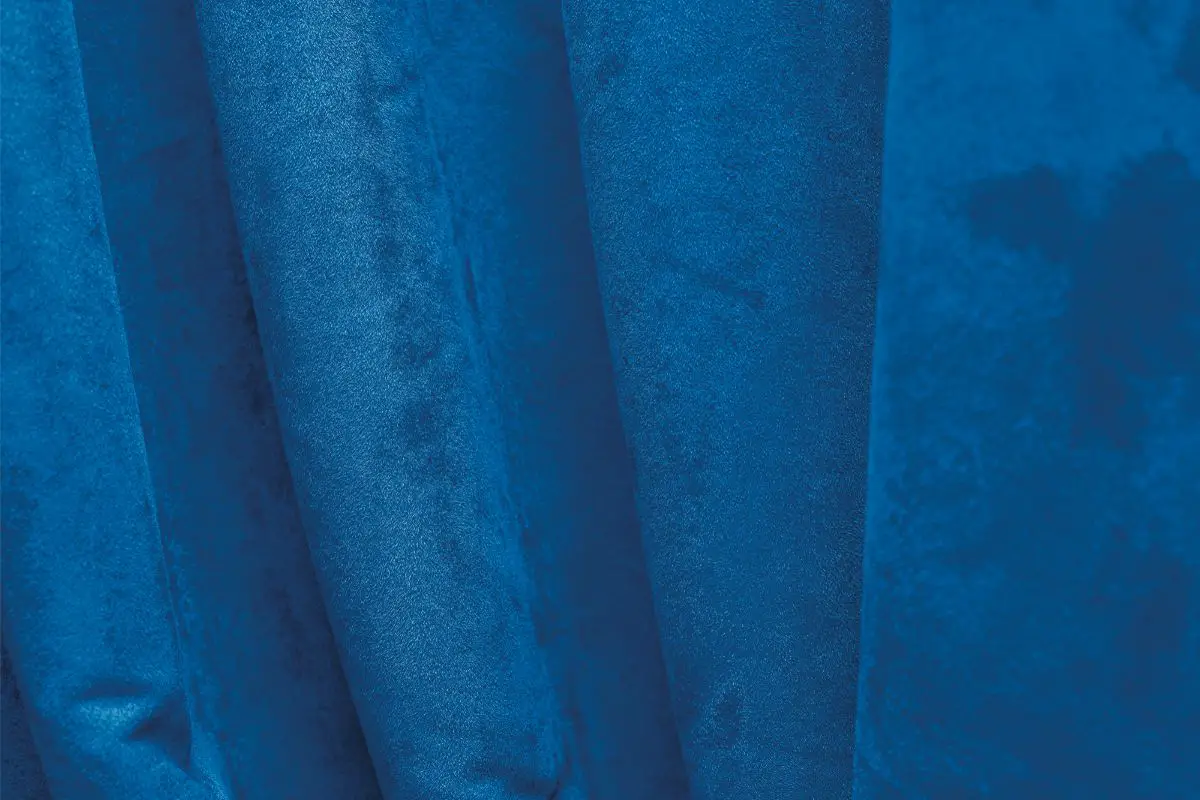
Choosing the right type of fabric for your sewing project is key to creating a finished product that you’re happy with. And one of the big factors that contributes to choosing the right fabric is, you guessed it, nap.
This is important to keep this in mind when choosing patterns and envelope styles, as the direction of the fabric can affect how the finished garment looks.
For clothing and decorative pieces, for example, nap fabric can be a great choice, improving both the feel and final appearance of the product.
Despite that, nap fabric can also be harder to work with. It’s also not always the best choice, as fabrics without naps, such as cotton and linen, have their own benefits for certain purposes.
All in all, it boils down to the kind of finished product you’re after.
How To Cut Nap Fabric
Cutting fabric with a nap may sound like a daunting task but, with a bit of practice, you’ll start doing it with ease.
The key to cutting fabric with a nap is simply cutting in the same direction as the pattern. This means that all of your pieces should be cut in the same direction to ensure that the nap looks consistent no matter the shape or size of the piece.
For some tips, it helps to lay your fabric on a flat surface and use a sharp pair of scissors.
After that, carefully cut out your pieces following the lines of your pattern in the same direction as the nap, employing a little patience and attention to detail!
How To Sew With Nap Fabric
Sewing with nap fabric can be a bit tricky, but it just takes a little practice and patience.
One of the most important things to keep in mind is to use more pins. Nap fabric tends to shift and slide, which can make it difficult to keep the fabric in place.
Other than that, remember to take your time and work carefully when using nap fabrics. This ensures you won’t waste any fabric and, of course, create stunning pieces that you’re happy with!
Conclusion
All in all, understanding the way fabric naps work and how to cut and sew them is key to producing the best results when working with various types of fabrics.
After all, knowing the types of fabrics that have a nap and which don’t can help you decide on the best fabric for your project, as well how easy it will be to work with.
Overall, practice is essential, so what are you waiting for? Start practicing with nap fabrics for your next project!
- How To Sew Fabrics Together - June 5, 2023
- How Many Stitches Per Inch? - June 5, 2023
- How Long Does It Take To Sew A Dress? - June 5, 2023
